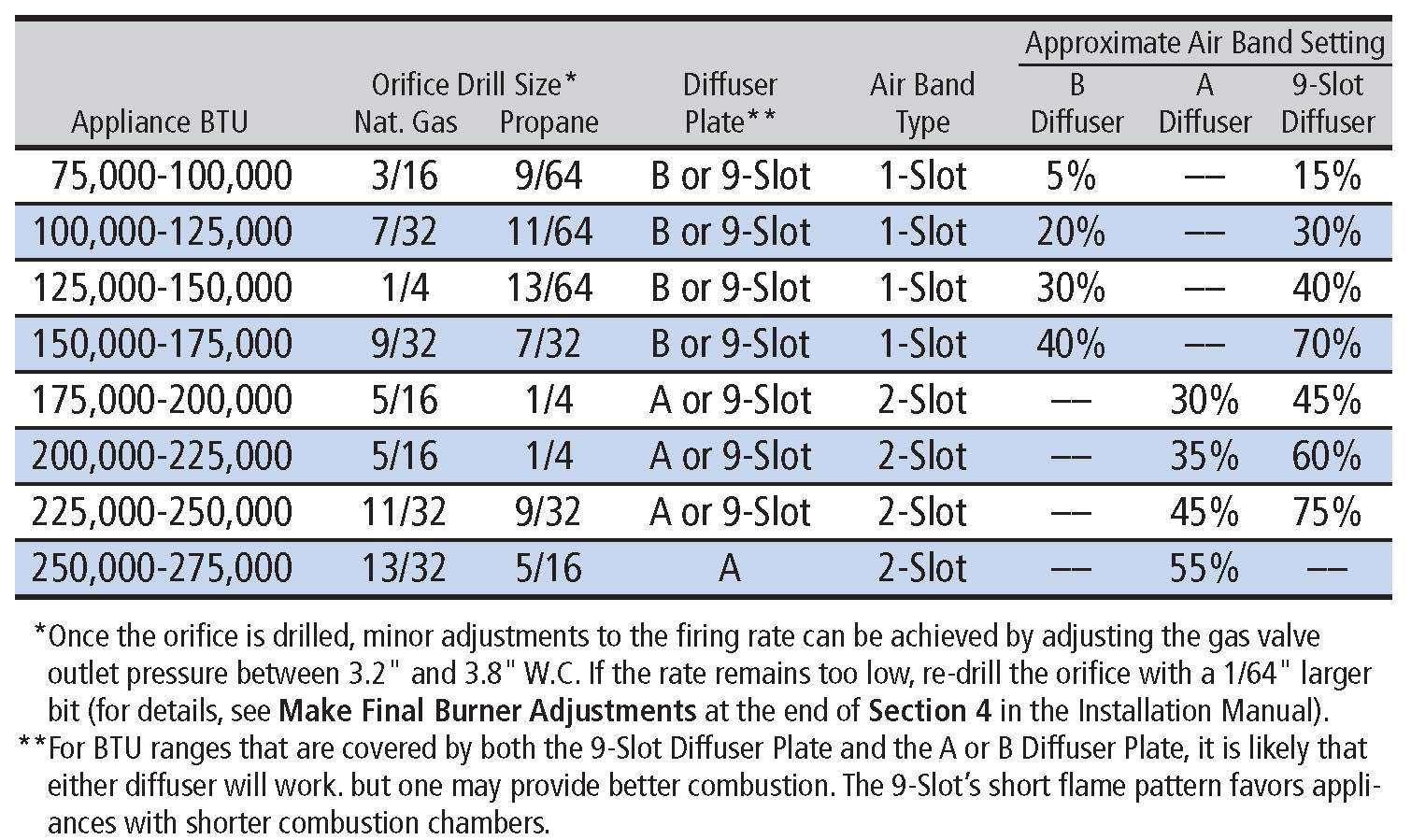

Ultrasonic meters are high-cost and work best with no liquids present at all in the measured gas, so they are primarily used in high-flow, high-pressure applications such as utility pipeline meter stations, where the gas is always dry and lean, and where small proportional inaccuracies are intolerable due to the large amount of money at stake. The meter then compares the difference between the upstream and downstream speeds to calculate the velocity of gas flow. The other paths may be identical or similar, except that the sound pulses travel downstream. This speed differs from the speed of sound in the gas by the velocity at which the gas is moving in the pipe. Some of these paths point upstream so that the sum of the times of flight of the sonic pulses can be divided by the sum of the flight lengths to provide an average speed of sound in the upstream direction. The meter creates a 'ping' with the transducer and measures the time elapsed before the sensor receives the sonic pulse. Each path consists of an ultrasonic transducer at one end and a sensor at the other. The length of each path is precisely measured in the factory. The most elaborate types of ultrasonic flow meters average speed of sound over multiple paths in the pipe. 9 covers the proper usage and installation of these meters, and it specifies a standardised speed-of-sound calculation which predicts the speed of sound in a gas with a known pressure, temperature, and composition. Ultrasonic meters measure the speed of gas movement by measuring the speed at which sound travels in the gaseous medium within the pipe. Ultrasonic flow meters are more complex than meters that are purely mechanical, as they require significant signal processing and computation capabilities. They are however accepted and understood in industrial applications since they are easy to field-service and have no moving parts. Orifice meters often do not handle a large range of flow rates. The gas static pressure, density, viscosity, and temperature must be measured or known in addition to the differential pressure for the meter to accurately measure the fluid. Orifice meters are a type of differential meter, all of which infer the rate of gas flow by measuring the pressure difference across a deliberately designed and installed flow disturbance. These meters do not impede the flow of gas, but are limited at measuring lower flow rates.Īn orifice gas meter consists of a straight length of pipe inside which a precisely known orifice plate creates a pressure drop, thereby affecting flow. A small internal turbine measures the speed of the gas, which is transmitted mechanically to a mechanical or electronic counter. Because the volume of gas is inferred by the flow, it is important that flow conditions are good. Turbine gas meters infer gas volume by determining the speed of the gas moving through the meter. The rotational movement of the crank shaft serves as a primary flow element and may produce electrical pulses for a flow computer or may drive an odometer-like counter. The operating principle is similar to that of a Roots blower. With each turn, they move a specific quantity of gas through the meter.

Within the meter, two figure "8" shaped lobes, the rotors (also known as impellers or pistons), spin in precise alignment. Rotary meters are highly machined precision instruments capable of handling higher volumes and pressures than diaphragm meters. Operating principle of a rotary gas meter Since then, the vast majority are now placed outside though there are a few exceptions especially in older cities. Gas meters that exist in colder climates in buildings built prior to the 1970s were typically located inside the home, typically in the basement or garage. Several different designs of gas meters are in common use, depending on the volumetric flow rate of gas to be measured, the range of flows anticipated, the type of gas being measured, and other factors. Temperature, pressure, and heating value compensation must be made to measure actual amount and value of gas moving through a meter. Gas meters measure a defined volume, regardless of the pressurized quantity or quality of the gas flowing through the meter. Gases are more difficult to measure than liquids, because measured volumes are highly affected by temperature and pressure. Gas meters are used at residential, commercial, and industrial buildings that consume fuel gas supplied by a gas utility. A gas meter is a specialized flow meter, used to measure the volume of fuel gases such as natural gas and liquefied petroleum gas.


 0 kommentar(er)
0 kommentar(er)
